How Dark Souls Uses Difficulty to Enhance Game Design and Player Immersion
Oct-28-2024
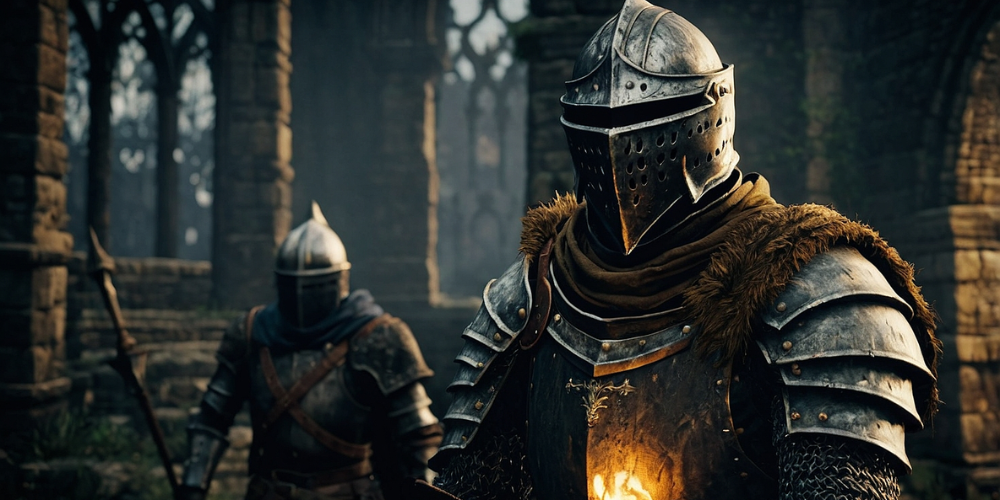
When I first played Dark Souls, I didn’t know what to expect. I had heard about the game’s infamous difficulty, but what struck me most was how that difficulty was intricately tied to its design. Dark Souls isn’t just a hard game for the sake of being hard—it uses its difficulty as a tool to immerse players in its world, encouraging patience, strategy, and perseverance. Every time I died (and I died a lot), I learned something new, not just about the game, but about how I approached challenges.
The Art of Level Design
One of the first things I noticed about Dark Souls is how meticulously crafted its world is. The interconnected level design felt like a puzzle in itself, with shortcuts, hidden areas, and looping paths that encouraged exploration. There’s a sense of discovery with every step, and the way each area connects to another creates a feeling of cohesion that’s rare in games. The level design forces me to think strategically, not just about how to defeat enemies, but about how to navigate the world.
Learning Through Failure
Dark Souls teaches through failure, and it’s one of the most effective teaching methods I’ve encountered in a game. Every time I failed, it wasn’t the game being unfair—it was teaching me what not to do. The challenge forced me to adapt, to learn enemy patterns, and to approach each battle with a plan. This sense of progression, of learning through failure, made every victory feel earned. The game didn’t hold my hand, but it gave me the tools I needed to succeed if I was willing to learn.
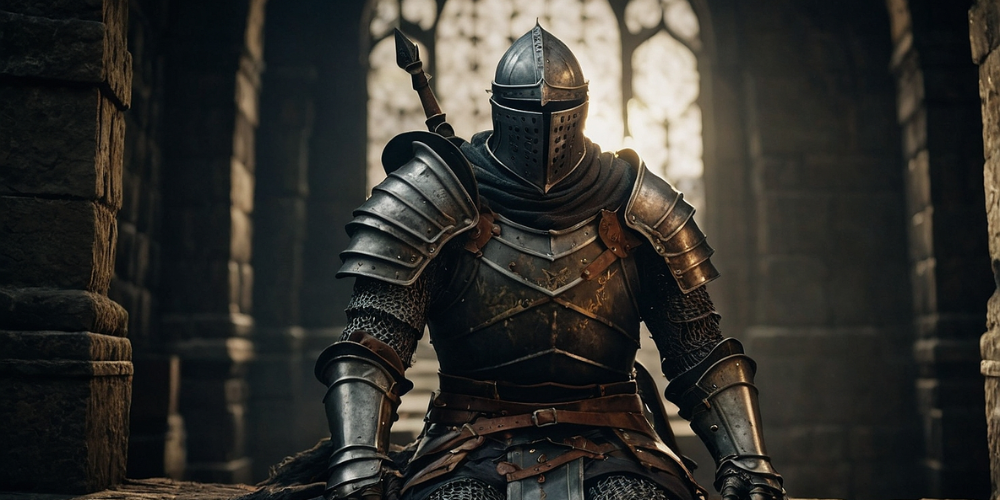
The Importance of Patience
Patience is key in Dark Souls. The game rewards careful, deliberate actions and punishes reckless behavior. I had to learn to slow down, to assess each situation before rushing in. Combat felt like a dance, where timing and precision were more important than brute strength. In a world where many games encourage fast-paced, action-heavy gameplay, Dark Souls stands out by rewarding patience and thoughtfulness.
Enemy Design and AI
The enemies in Dark Souls are as much a part of the level design as the architecture itself. Every enemy is strategically positioned, with AI crafted to test players in distinct and challenging ways. Whether it’s a lowly hollow or a towering boss, every encounter feels significant. I had to learn the strengths and weaknesses of each enemy type, and adapt my strategies accordingly. The variety of enemies kept the game fresh and challenging, making each area feel distinct.
Boss Fights as Milestones
Boss fights in Dark Souls are more than just difficult battles—they’re milestones in the game’s progression. Each boss is a test of the skills I’ve learned up to that point, and defeating them feels like a major accomplishment. Whether it’s the graceful but deadly Artorias or the monstrous Gaping Dragon, each boss fight is a climactic moment that requires careful planning and execution. These fights are the highlight of the game, and each victory feels like a hard-won triumph.
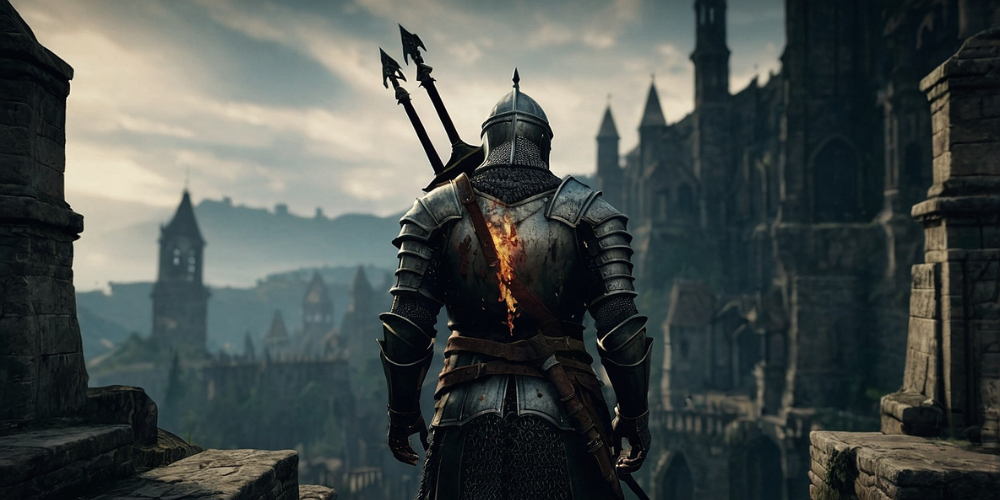
Atmospheric Storytelling
Dark Souls doesn’t tell its story through cutscenes or dialogue—it tells it through the world itself. The decaying, gothic architecture, the haunting sound design, and the cryptic item descriptions all contribute to a rich, atmospheric story that’s told through the environment. I found myself piecing together the lore bit by bit, slowly unraveling the game’s mysteries as I explored. This subtle storytelling method made me feel more connected to the world, as if I was discovering the history of Lordran through my own experiences.
The Weight of Consequences
In Dark Souls, every action has consequences. Whether it’s deciding to kindle a bonfire, sparing or killing an NPC, or choosing which stats to level up, every decision I made affected my journey in some way. The permanence of these choices added a sense of weight to the game that made each playthrough feel unique. The game doesn’t allow for easy mistakes—I had to live with the consequences of my decisions, for better or worse.
Exploration and Reward
Exploration in Dark Souls is always rewarding. Whether I stumbled upon a hidden bonfire, discovered a new weapon, or unlocked a shortcut, the game consistently rewarded me for being thorough and curious. The world is filled with secrets, and the satisfaction of finding something new kept me exploring every corner of the game. Even after multiple playthroughs, I continued to find new things, which speaks to the depth and intricacy of the game’s design.
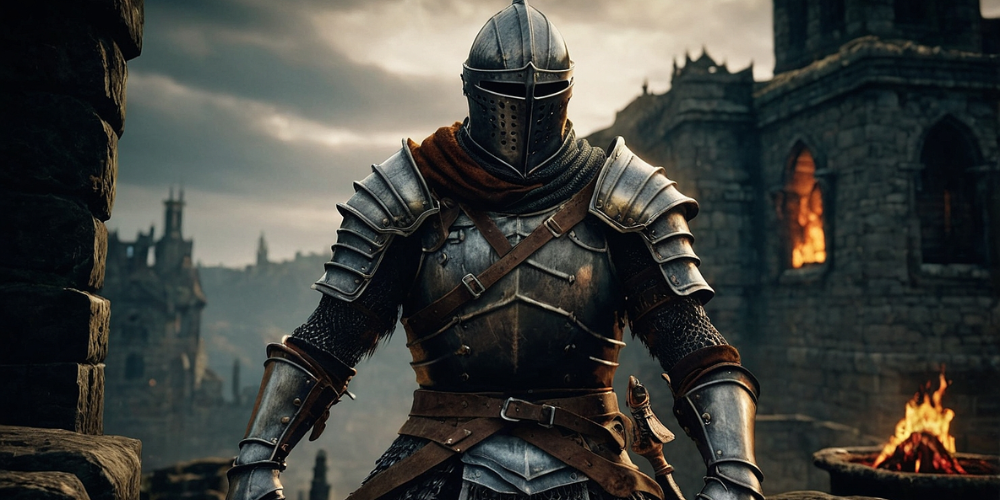
Combat Depth and Strategy
Combat in Dark Souls is deceptively simple but incredibly deep. On the surface, it’s just a matter of blocking, dodging, and attacking, but the variety of weapons, spells, and strategies available make the combat system one of the most engaging I’ve ever experienced. I had to think carefully about my loadout, my stamina management, and my positioning in each encounter. The depth of the combat system allowed for countless different playstyles, keeping the gameplay fresh even after hours of playing.
The Community and Shared Experience
One of the most unique aspects of Dark Souls is the sense of community that comes from the shared experience of its difficulty. The game encourages online interaction in subtle ways, whether through co-op play, PvP invasions, or the iconic message system where players leave hints (or tricks) for others. This sense of shared struggle created a bond between players, making the experience feel like a communal journey despite the game’s solitary atmosphere.
Bonfires as Safe Havens
In the harsh world of Dark Souls, bonfires serve as a rare safe haven. Finding a bonfire felt like a moment of relief, a brief respite from the relentless challenge of the game. But even these moments of safety came with a cost—resting at a bonfire revived all the enemies I had previously defeated. This constant tension between safety and risk is what made Dark Souls so compelling. The game never let me feel completely at ease.
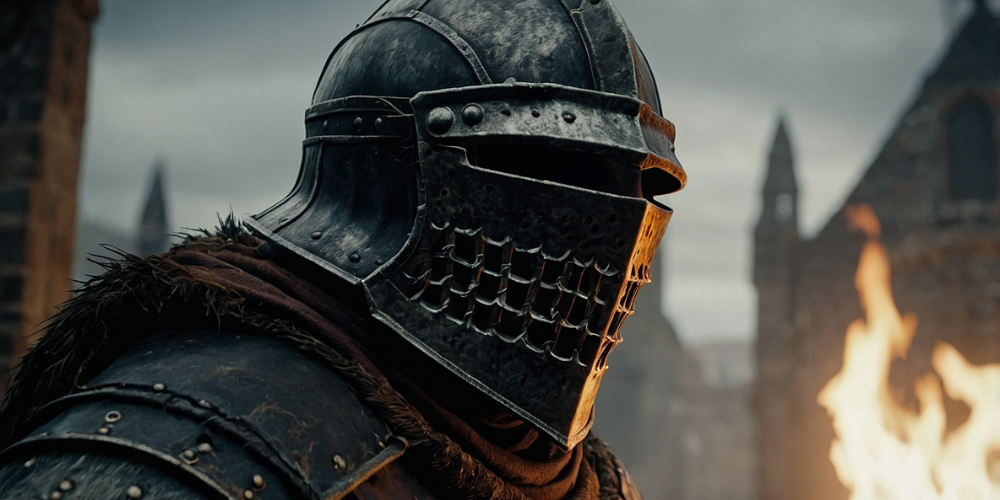
The Visual and Sound Design
Dark Souls excels in creating a mood through its visual and sound design. The oppressive architecture, the eerie silence broken only by distant screams or the clanging of metal, and the haunting music all contribute to the game’s unsettling atmosphere. These elements worked together to make the world of Dark Souls feel alive yet desolate. The game’s design immerses me in its world, making every victory feel hard-won and every loss deeply felt.
Replayability and New Game Plus
Even after completing Dark Souls, I found myself returning to it again and again. The New Game Plus mode, which ramps up the difficulty while letting me keep my gear and levels, offered a refreshing challenge that drew me back repeatedly. Each playthrough felt different as I experimented with new builds, explored different paths, and uncovered new secrets. The replayability of Dark Souls is one of its greatest strengths, ensuring that the game remains engaging long after the credits roll.
The Legacy of Dark Souls
Dark Souls has left a lasting impact on both me and the gaming industry as a whole. Its focus on difficulty, design, and player agency has inspired countless other games, creating an entire sub-genre known as “Soulslike.” But more than that, it’s a game that taught me the value of perseverance, patience, and learning through failure. Dark Souls is more than just a difficult game—it’s a masterclass in game design and an experience that stays with me long after I’ve put down the controller.







